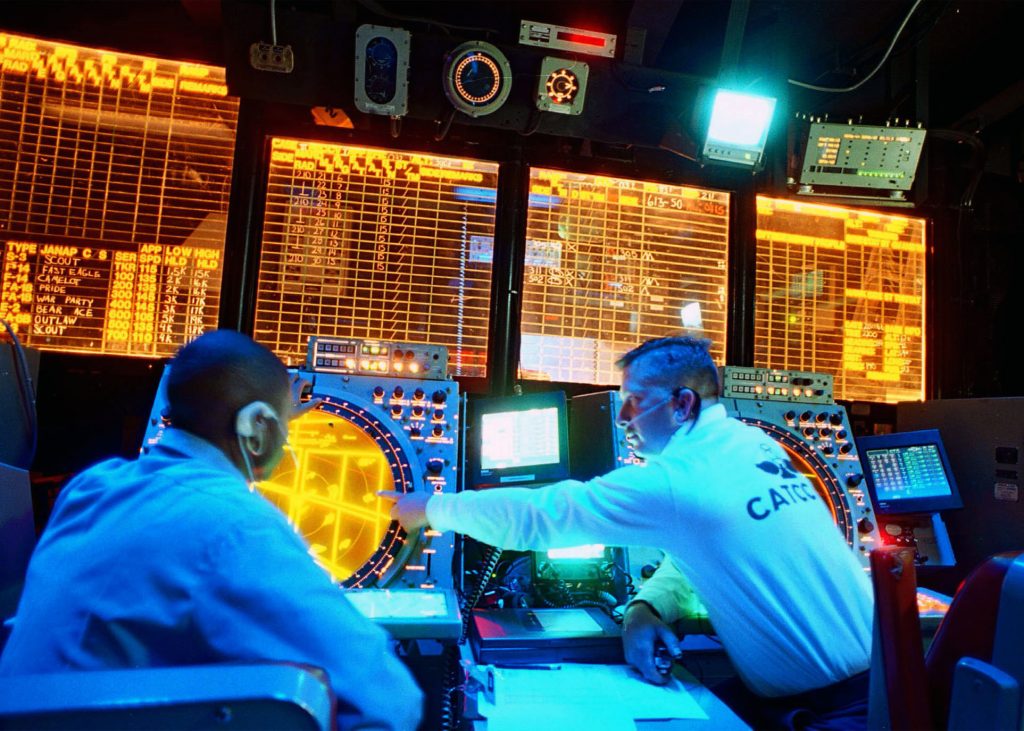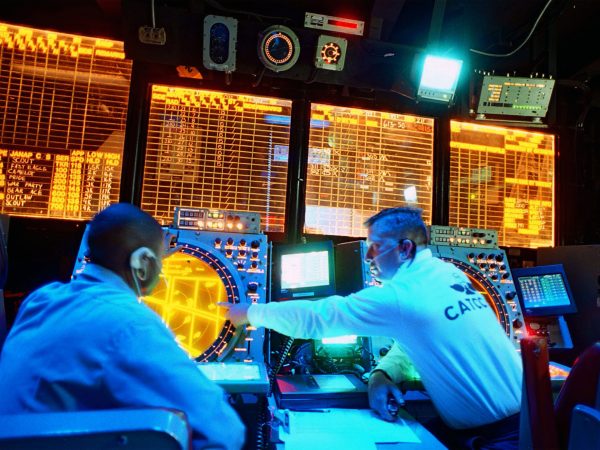In a move that has sparked outrage and deepened concerns over aviation safety, the Trump administration has begun mass firings of Federal Aviation Administration (FAA) employees, including critical air traffic control (ATC) staff. The dismissals, which targeted probationary employees responsible for maintaining radar, landing systems, and navigational aids, come just weeks after a fatal midair collision near Washington, D.C., and amid growing warnings of dangerous staffing shortages in the nation’s air traffic control system.
The timing and nature of these firings have led to widespread speculation that the administration is deliberately sabotaging the FAA’s ability to function effectively. With air traffic controllers already working up to 60 hours a week in overtime—a practice experts warn is unsustainable and hazardous—the loss of additional staff could push the system to the brink of collapse.

The Firings: A Calculated Move?
The dismissals, communicated via late-night emails from an unofficial “exec order” Microsoft account, were described by union officials as being “without cause nor based on performance or conduct.” Among those fired was Charles Spitzer-Stadtlander, an FAA employee who claims his termination may have been politically motivated. In a LinkedIn post, Spitzer-Stadtlander alleged he was fired shortly after criticizing Tesla and X (formerly Twitter), both owned by Elon Musk, who heads the Trump administration’s newly created Department of Government Efficiency (DOGE).
The DOGE, tasked with reducing federal costs and workforce, has already restructured multiple agencies and recommended mass layoffs. Critics argue that the firings are less about efficiency and more about destabilizing federal institutions to justify privatization or further consolidation of power.
The Danger of Staffing Shortages
Air traffic controllers are the backbone of the U.S. aviation system, ensuring the safe movement of thousands of flights daily. However, the FAA has long struggled with staffing shortages, with the number of certified professional controllers standing at 10,800—nearly 4,000 short of the target set by the FAA and the National Air Traffic Controllers Association (NATCA).
Compounding the problem are the strict age restrictions for ATCs. Candidates must be hired before they turn 31 and are required to retire by 56, leaving a narrow 25-year window for their careers. These rules, designed to ensure controllers can handle the high-stress demands of the job over a long career, make it exceptionally difficult to replace experienced staff quickly.
The consequences of these shortages are dire. Controllers are routinely forced to work grueling overtime shifts, sometimes up to 60 hours a week, to cover gaps in staffing. This level of overwork is not only unsustainable but also dangerously increases the risk of human error. As one veteran controller told Newsweek, “We’ve all seen s*** that’s f****** crazy that nobody hears about. The unfortunate reality is that we have been saying for years [that] it’s going to take a fatality with an air carrier to get people’s attention.”
The January 29 midair collision between a U.S. Army Black Hawk helicopter and an American Airlines passenger jet, which killed 67 people, has only heightened these concerns. While the exact cause of the crash remains under investigation, many aviation experts fear that staffing shortages and overworked controllers could have played a role.
Why Sabotage the FAA?
The Trump administration’s decision to fire hundreds of FAA employees, many of whom are critical to maintaining aviation safety, raises troubling questions about its motives. Here are some possible reasons for what many are calling an act of deliberate sabotage:
- Privatization Push: The administration has long advocated for privatizing air traffic control, a move that would hand over the system to corporate interests. By destabilizing the FAA and creating chaos, the administration could justify such a takeover as a necessary “solution.”
- Political Retaliation: The firings may be part of a broader effort to silence dissent and punish critics. Spitzer-Stadtlander’s claim that he was targeted for criticizing Musk’s companies suggests that the administration is using its power to intimidate and retaliate against employees who speak out.
- Undermining Federal Institutions: The Trump administration has consistently sought to weaken federal agencies, often under the guise of reducing costs or increasing efficiency. By gutting the FAA, the administration could further erode public trust in government institutions, paving the way for more authoritarian measures.
- Distraction from Failures: The firings come amid mounting scrutiny over the administration’s handling of aviation safety, including its decision to dissolve the Aviation Security Advisory Committee just days before the deadly January crash. By creating chaos within the FAA, the administration may be attempting to deflect attention from its own failures.
What Happens Next?
The immediate impact of the firings is clear: an already overburdened air traffic control system will be pushed closer to collapse. With controllers working dangerously long hours and staffing levels at critical lows, the risk of another catastrophic accident is higher than ever.
Meanwhile, the administration shows no signs of slowing its assault on federal agencies. Transportation Secretary Sean Duffy announced that officials from Musk’s SpaceX will visit the FAA’s Air Traffic Control System Command Center in Virginia to “envision how we can make a new, better, modern and safer system.” Critics argue that this is a thinly veiled attempt to hand over control of the nation’s airspace to private corporations.
A Call to Action
The mass firings of FAA employees are not just an attack on federal workers—they are an attack on the safety and security of every person who flies in the United States. By deliberately sabotaging the air traffic control system, the Trump administration is playing a dangerous game with lives.
As one fired employee, Charles Spitzer-Stadtlander, wrote in his LinkedIn post, “This is not about efficiency. This is about control.” For the sake of the flying public, it’s time to demand accountability before the next tragedy strikes.
